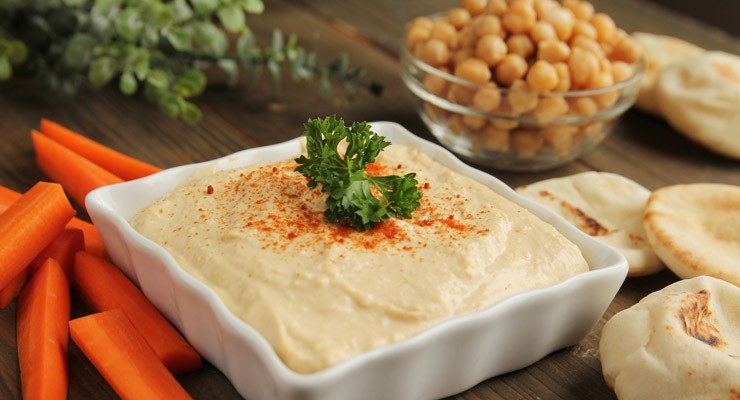Diabetes and Snacking: Keeping it Healthy
Snacking is an important part of any meal plan for people with diabetes. Here are healthy snacking tips and suggestions.

If you have diabetes, you probably know that snacking is an important part of your meal plan. Having regular and consistent snacks and meals can help keep your blood sugar levels even.
In addition, smart snacking may help:
- Curb hunger between meals
- Provide opportunities for nutritious foods other than from your three main meals
- Provide a source of glucose before and after exercise
- Prevent nocturnal hypoglycemia in some people
What to choose
Snacks don't have to be full of fat or sugar. Healthy snacks should include at least one of the following major nutrients:
- Wholesome sources of carbohydrates that are high in fiber. These foods, which are rich in vitamins and minerals, take longer to digest than processed carbs. This helps keep your blood sugars on an even keel. Good sources include fruits, vegetables, beans or legumes, and whole grains such as oats, sweet potatoes, whole-grain crackers and breads.
- Lean proteins. These foods may help you feel full longer. Good sources include turkey and chicken (without the skin), lean beef and pork, fish, low-fat cheese, cottage cheese, yogurt, low-fat milk, tofu and beans.
- Healthy fats. In small amounts, these lend a feeling of fullness and provide much-needed omega 3 fats. These fats are important for good heart health. Good sources include avocado, nuts and seeds (which also have protein), olives, and olive and canola oil. Be sure to limit how many saturated fats you eat and avoid trans fats.
Snack ideas
Try to combine a small amount of carbohydrates with either a lean protein choice or a healthy fat. The actual amounts you should have may vary, depending on your overall calorie and carb needs. Work with your diabetes care team to determine what you need.
Here are some ideas to get you started with healthy snacking:
- 1 slice of whole-wheat bread spread with mustard and topped with 2 ounces of turkey breast, sliced tomato and a large piece of lettuce
- 1/3 cup hummus with 1 cup raw fresh vegetables
- 8 green olives
- 3/4 cup of whole-grain, low-sugar breakfast cereal with 1/2 cup of fat-free milk
- 1/2 cup of low-fat cottage cheese mixed with 1 cup of berries
- 1 medium banana spread with 1 tablespoon of natural peanut butter
- 1 large brown rice cake spread with 1 tablespoon of natural peanut butter
- 1 cup of low-sodium split pea, lentil or other bean soup
- One hard-boiled egg or 1 cup of light popcorn
- 1/4 avocado, pit removed, sprinkled with lemon and a dash of salt
- 1/4 cup of nuts and 1 piece of fruit
- 1 piece of fruit and a small glass of fat-free milk
Putting it into practice
Keep an eye on portion sizes. Snacks should not be as large as meals.
- Remember to figure your carbs into your overall meal plan — if you use the carb-counting method.
- Snack with purpose. Don't snack mindlessly while you are watching TV, reading or driving. Plan your snacks as you would your meals.
Keep healthy options on hand in the kitchen. If you’re going out, carry snacks with you to avoid unhealthy temptations.
By Emily Gurnon, Contributing Writer
Sources
American Diabetes Association. Standards of Medical Care in Diabetes—2015. Accessed: October 2, 2015.
American Diabetes Association. Snacks. Accessed: October 2, 2015.
Joslin Diabetes Center. The best kinds of low-carb snacks. Accessed: October 2, 2015.
Last Updated: October 15, 2015
